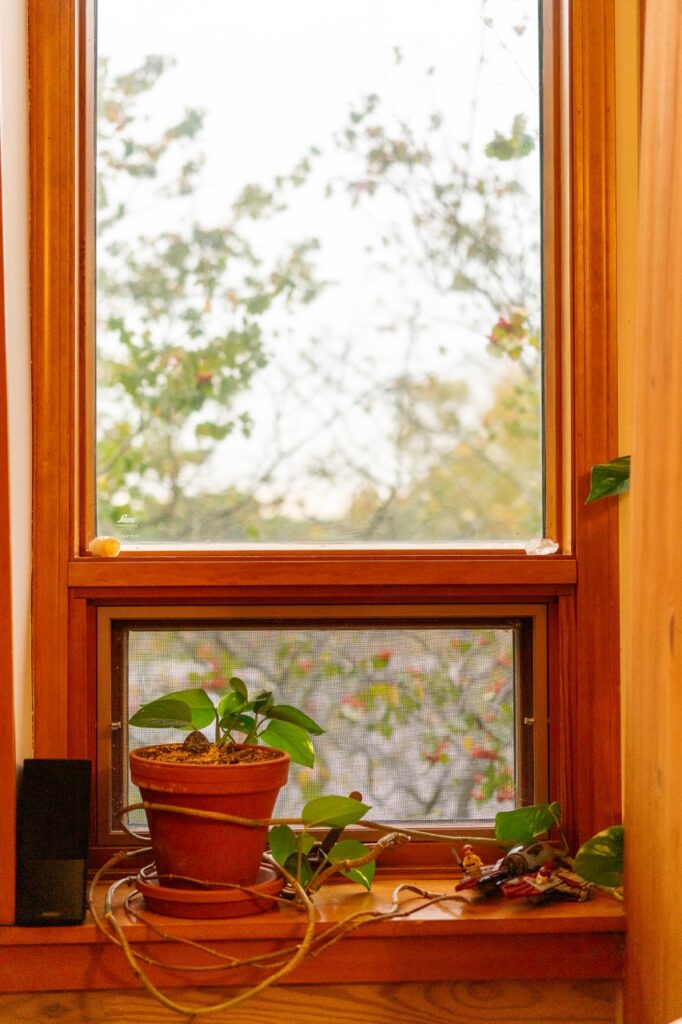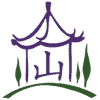Frequently Asked Questions

"A wise man should consider that health is the greatest of human blessings, and learn how, by his own thought, to derive benefit from his illnesses." -Hippocrates
Dry needling is a subset of orthopedic acupuncture. While both treat trigger points in the muscle, acupuncture provides additional support to the structural, circulatory, and nervous systems of the body. For a comprehensive discussion on the subject, read this fact sheet from the American Society of Acupuncturists.
Please give 24 hours notice if you cannot keep your scheduled appointment to avoid a cancellation fee for the time reserved. The full fee for an appointment is charged for missed appointments and a half-fee for same-day cancellations.
The majority do not, including Medicare. If your health insurance is one of the few that does, we can provide a receipt (superbill) that can be submitted to your insurance company for reimbursement.
Please wear loose fitting clothes that can be easily rolled up above your elbows and knees. Please do not wear perfumes or colognes during your appointment in case another patient is chemically sensitive.
No, but it usually does. If you do not feel any benefit after 3-5 treatments, then acupuncture may not be the best fit for your particular health challenge. At this point, different types of therapy can be initiated or an appropriate referral can be made.
It is often necessary to receive weekly treatments for the first month or two, especially when treating pain. The community clinic is designed to allow for this frequency of treatment without it being cost prohibitive. The benefits of acupuncture are cumulative and as patients begin to feel better, treatment can be weaned to once every few weeks or once per month. After the imbalance is corrected, patients can choose to return periodically for maintenance sessions.
In general, patients start to feel the benefits from acupuncture in 2-3 treatments. If the problem is acute, sometimes significant improvement is felt after just 1 treatment and may only require 3-5 treatments for full resolution. For some chronic issues, it may take several treatments before seeing improvement.
Usually yes but It depends on the medications you are taking. This is evaluated on a case by case basis, though the vast majority of the time there is no problem in doing so.
Brandon has also been trained in herbal medicine, supplementing his formal schooling of Chinese herbal therapy with continuing education on the integration of Western herbs. Brandon often recommends Chinese herbal formulas and whole-food nutritional supplements to empower a multifaceted approach to wellness.
No. Acupuncture works whether or not you think it will. Acupuncture is used successfully on animals and children. They do not understand or believe in the process yet they often get better results than adults. A positive attitude helps with any type of therapy, but it is not necessary to believe in acupuncture (or to feel it working) for it to work. Since positive expectations and belief in a particular therapy increase therapeutic results, it is encouraged that you raise any concerns or doubts you may have prior to treatment.
People experience acupuncture differently. Performed by a well-trained practitioner, acupuncture is rarely described as painful and the pins can quickly be adjusted if the patient does feel discomfort. Once the pins are inserted they may be manipulated to obtain a mild “Qi” sensation. This sensation is often described as warm, heavy, or achey. The pins remain in place for 15-45 minutes depending on the type of treatment, and always in concert with the patient’s comfort level. A patient is generally very relaxed during this resting phase of treatment, many often fall asleep.
Acupuncture pins are small, hair-thin, and are made from surgical stainless steel. They are solid, not hollow like needles used by doctors. Only sterile, disposable pins are used so there is no risk of infection. A pin is used only once and then disposed.
Chinese medicine uses a variety of techniques that restore balance to the body, mind, and emotions. The therapies used are individualized, addressing the root cause of disease instead of suppressing symptoms.
A formal system Chinese medicine has been practiced for more than 3,000 years though the practice of acupuncture may be even older. Forensic examination of the 5,000 year old mummified body of Otzi the iceman found groupings of tattoos on his body that treat conditions to which he likely suffered.
